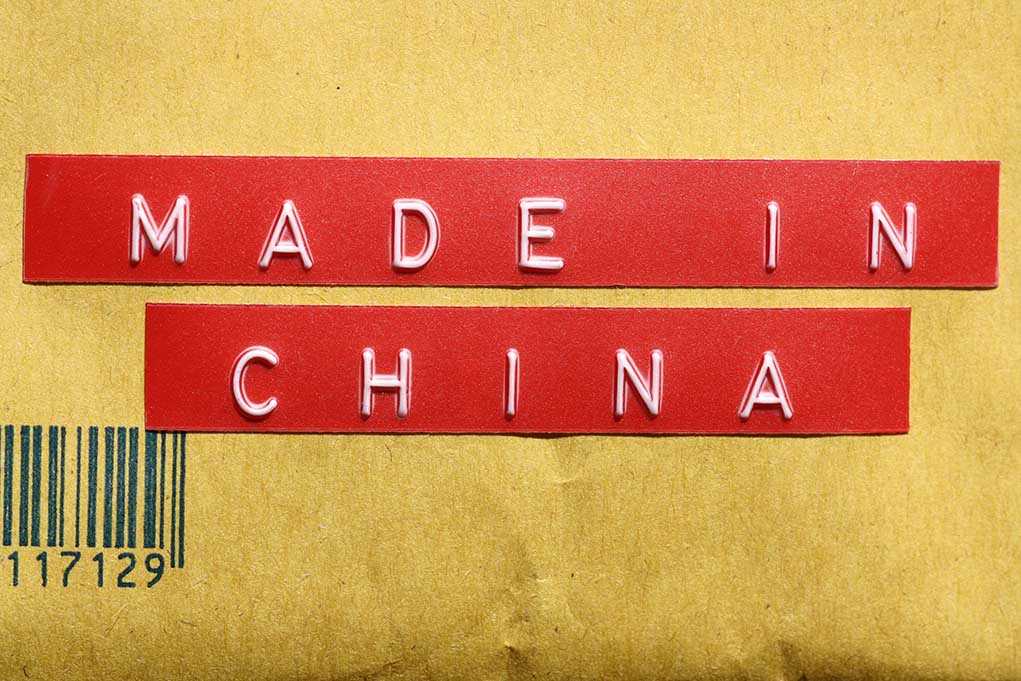
A new trade confrontation threatens the US economy as China and President Trump escalate retaliatory measures, reviving trade war fears.
Quick Take
- China imposes rare earth export restrictions and port fees on US vessels.
- President Trump responds with 100% tariffs on Chinese imports and export controls on software.
- The US-China trade truce collapses, with potential global economic impacts.
- The APEC summit meeting between Trump and Xi is now uncertain.
China’s Economic Aggression
On October 10, 2025, China announced new restrictions on rare earth exports and port fees targeting US vessels, escalating tensions in US-China relations. These measures directly impact US technology and defense sectors, which rely on rare earth materials critical for manufacturing. The move represents a strategic attempt by China to assert dominance over essential supply chains, challenging US economic interests and national security.
Trump’s Decisive Response
In a swift response, President Trump announced sweeping 100% tariffs on all Chinese imports, effective November 1, 2025. Additionally, new export controls on critical US software were introduced, aiming to curtail China’s technological advances. These actions underscore Trump’s commitment to protecting American industries and maintaining leverage in the ongoing trade confrontation. The tariffs and controls are part of a broader strategy to pressure China into fairer trade practices and safeguard US economic sovereignty.
The immediate reaction from global markets was significant, with the S&P 500 experiencing a 2.7% drop. Investors are concerned about the long-term impacts of a renewed trade war, including potential disruptions to supply chains and increased costs for consumers. The uncertainty surrounding the planned APEC summit meeting between Trump and Xi Jinping adds to the financial markets’ volatility.
Global Implications of a Trade Standoff
The collapse of the trade truce has profound implications for global economies. Short-term effects include supply chain disruptions, particularly in technology and manufacturing sectors, and heightened market volatility. The US agricultural sector also faces immediate challenges, with China likely to shift its imports to other countries, such as Brazil and Argentina.
In the long term, this confrontation may lead to a decoupling of the US and Chinese economies, accelerating efforts to diversify supply chains. US companies may increasingly look to Mexico and Vietnam, while China might pivot towards ASEAN and African markets. Such realignments could reshape global trade patterns and influence technological competition for years to come.
Well, there goes Christmas.
China Flexed. Trump Hit Back. So Much for the Thaw. https://t.co/xS802Y2Mf3— karen cortez (@karenco15245622) October 12, 2025
This escalating trade conflict raises significant concerns about economic stability and the strategic balance between the US and China. Both countries remain deeply intertwined in global supply chains, and their adversarial actions could have far-reaching consequences. As negotiations stall, the prospect of finding a peaceful resolution appears increasingly challenging.
Sources:
US-China Relations in the Trump 2.0 Era: Implications
US to Hike China Tariffs to 130%, What Deadline Trump Has Set for Banning Software Exports to China
Truce Fizzles as US-China Trade Tensions Return to Full Boil
Trump and Xi Maneuver for Leverage as Meeting, Truce Expiry Loom











